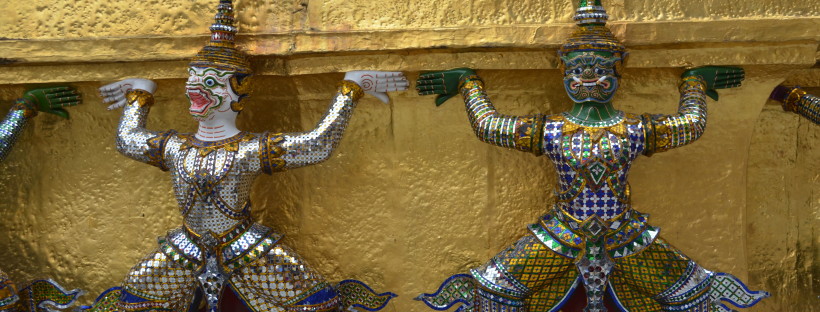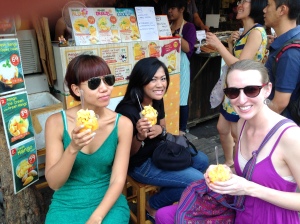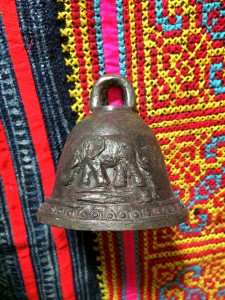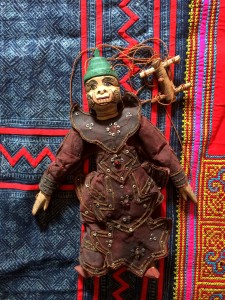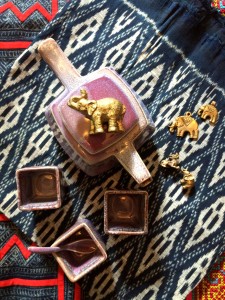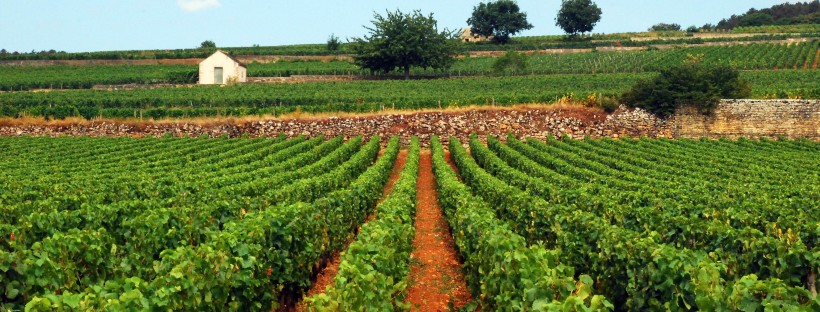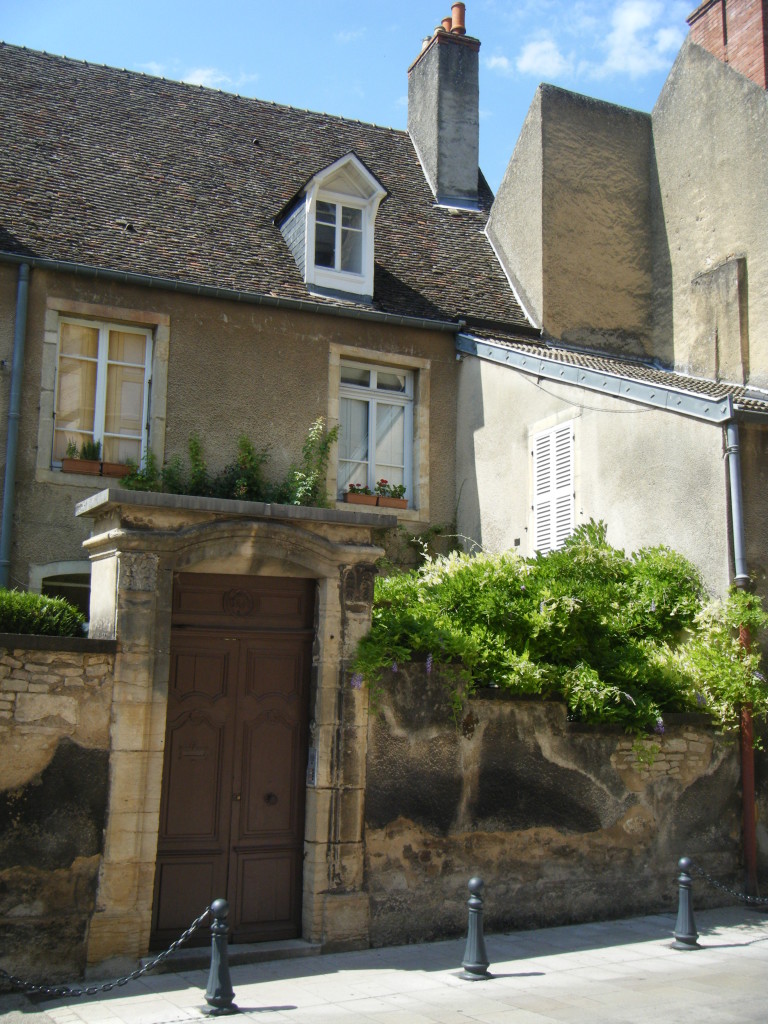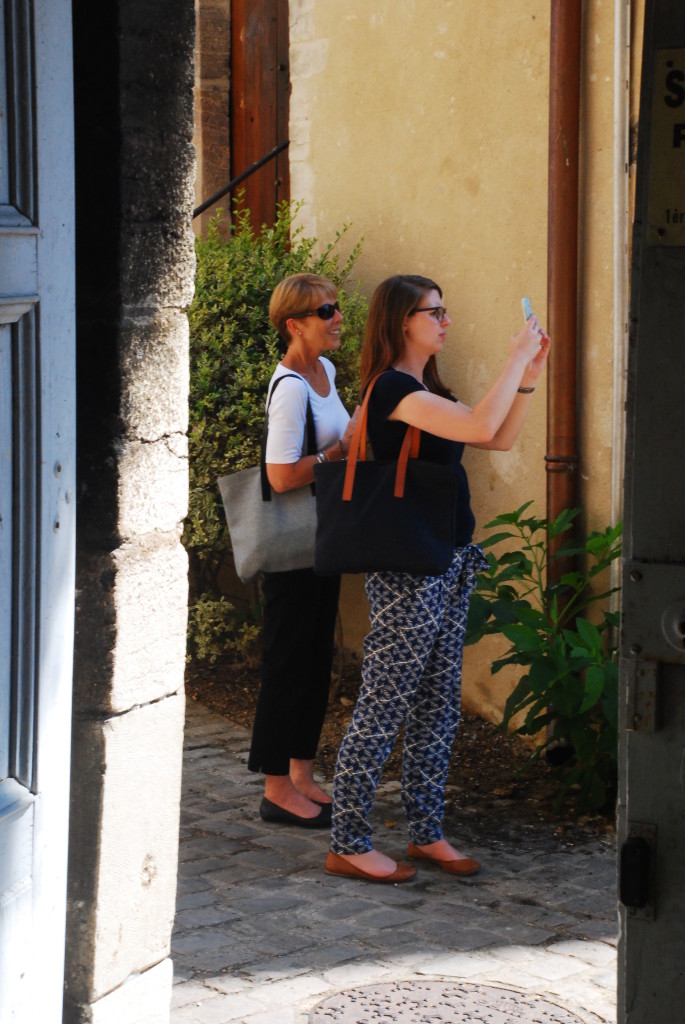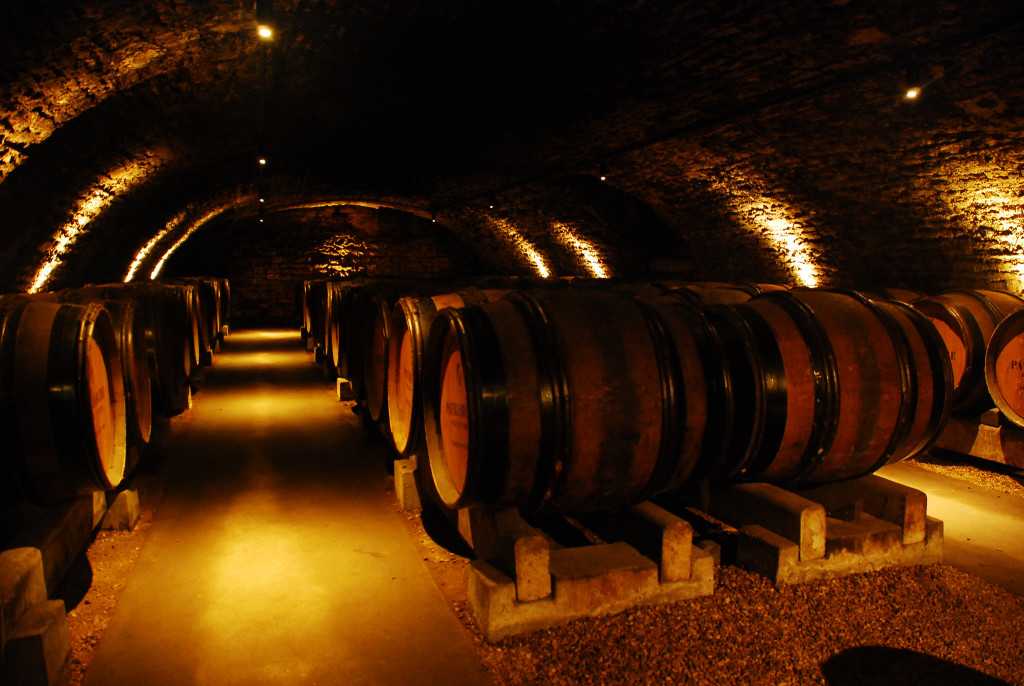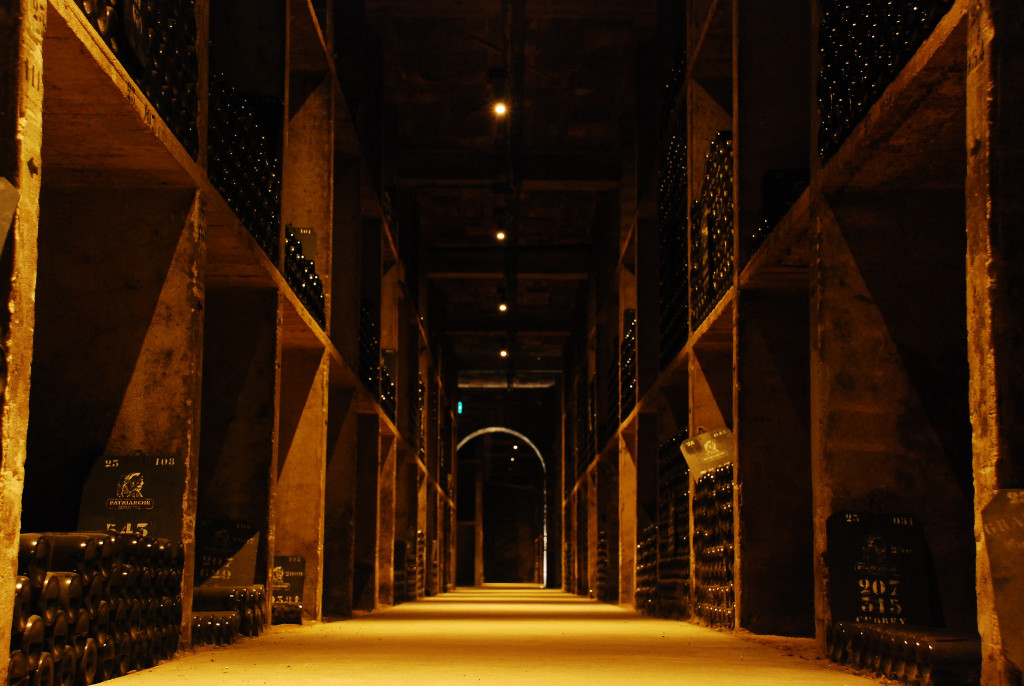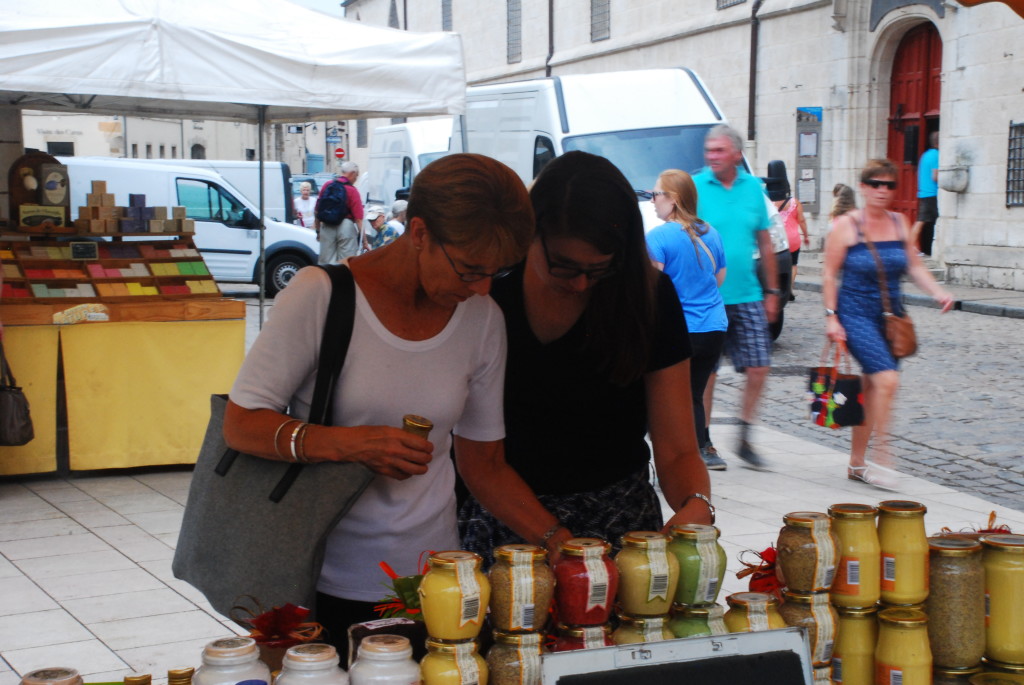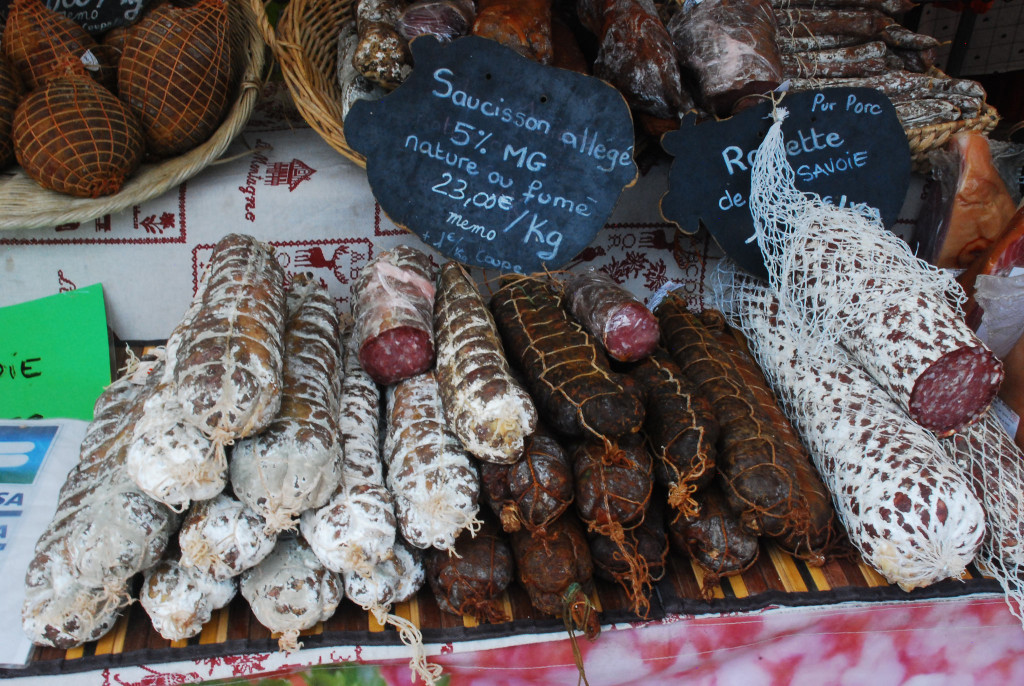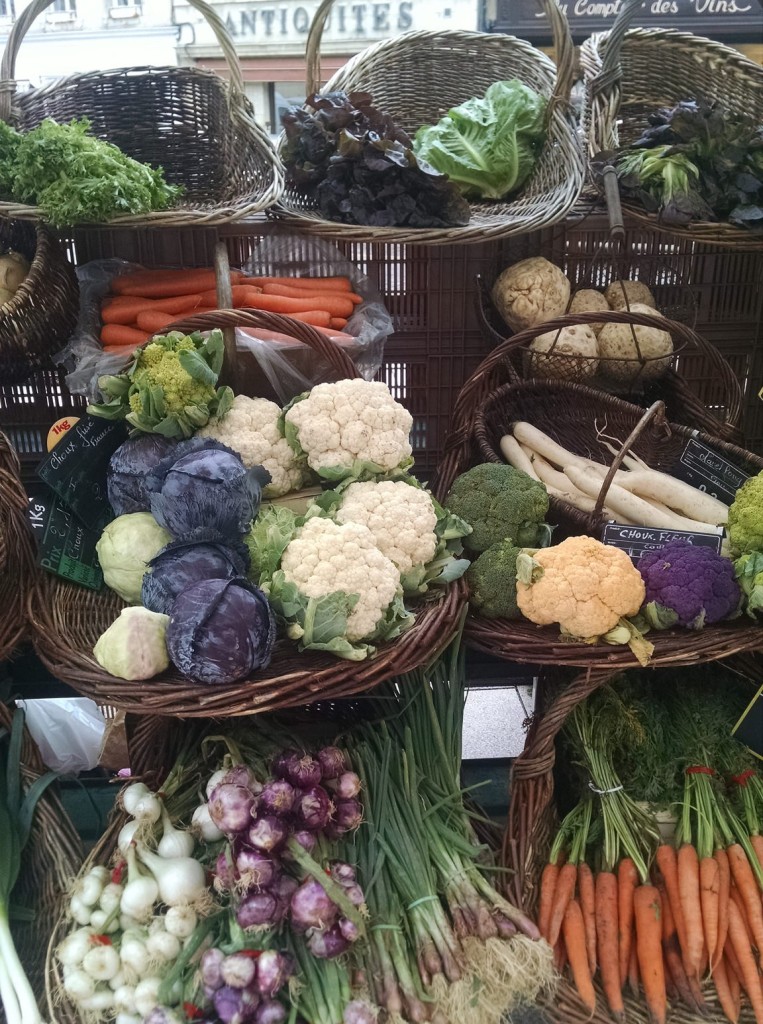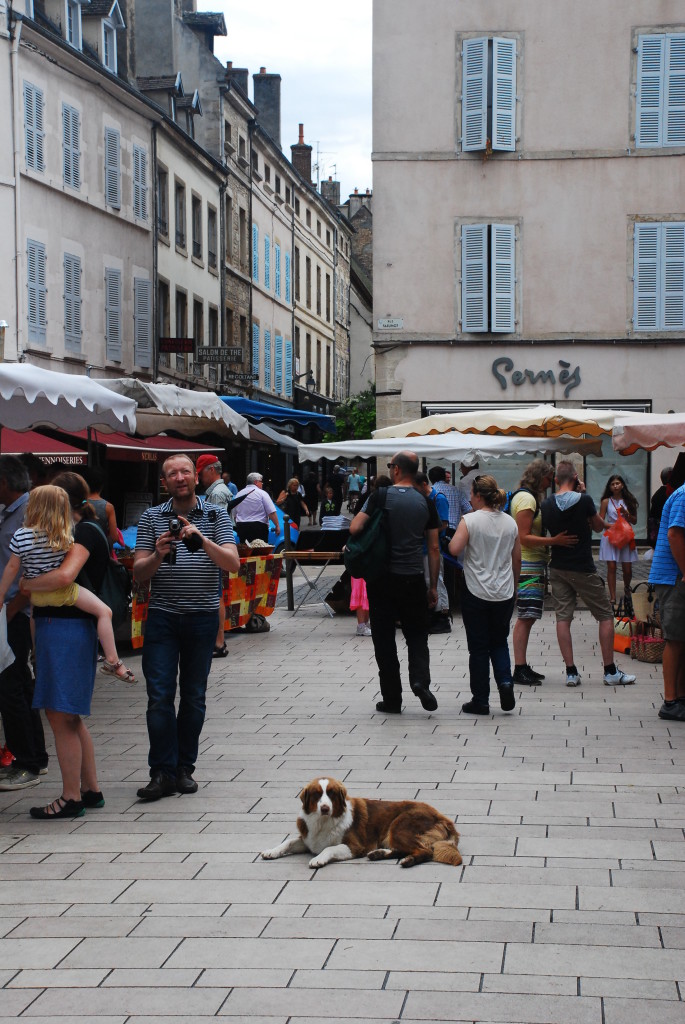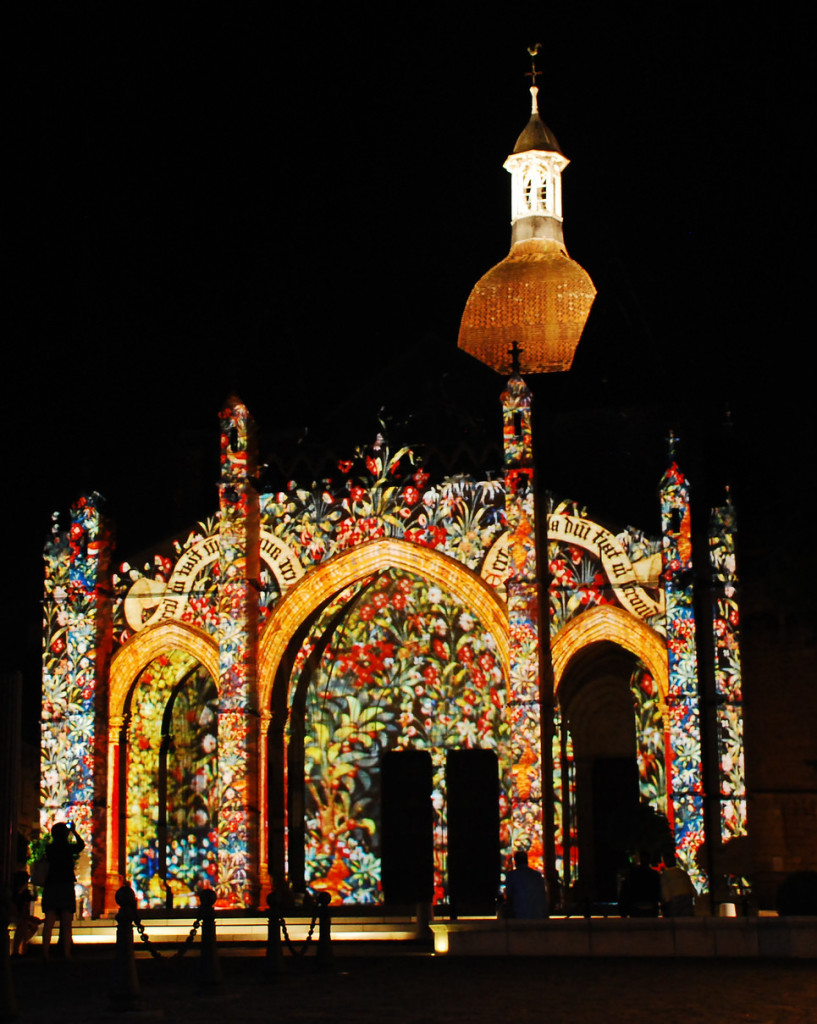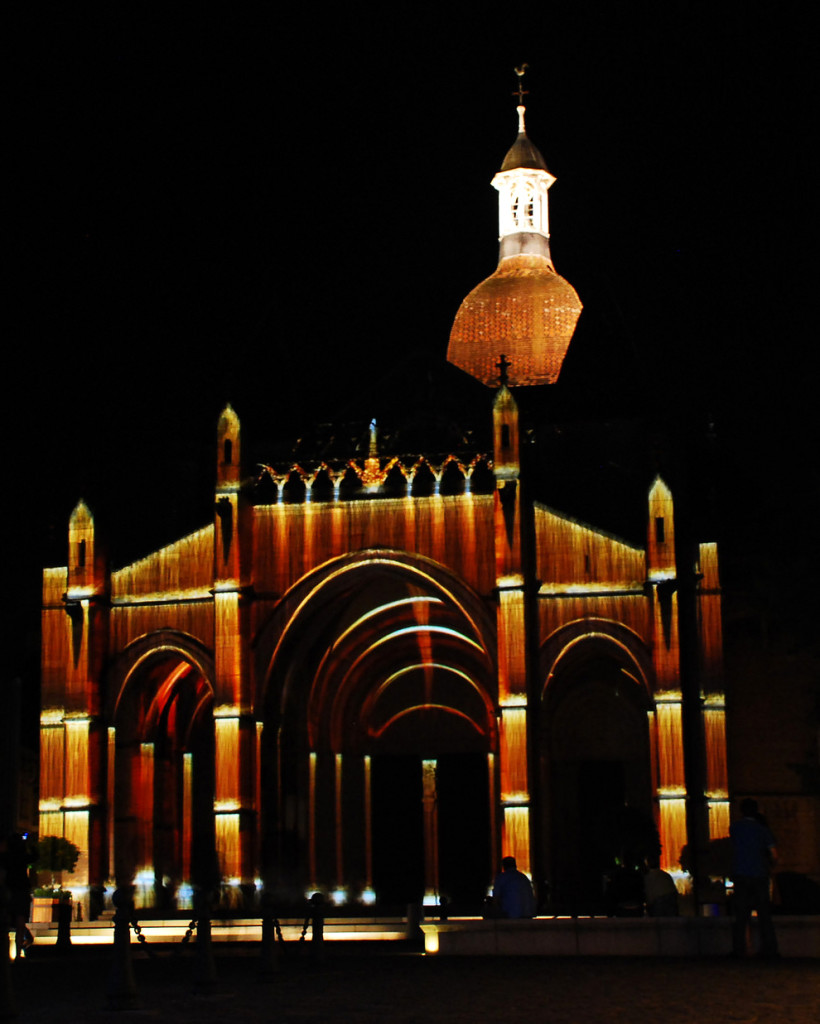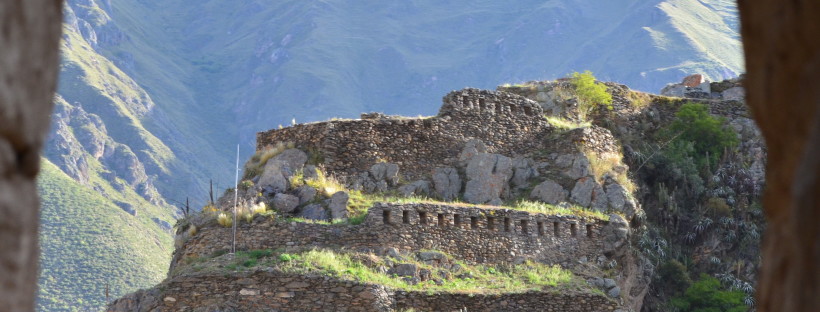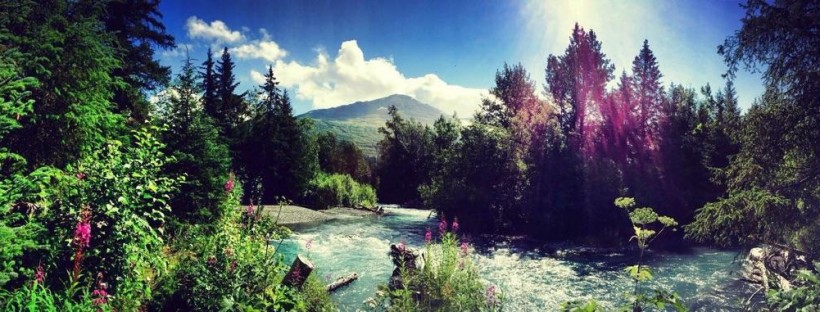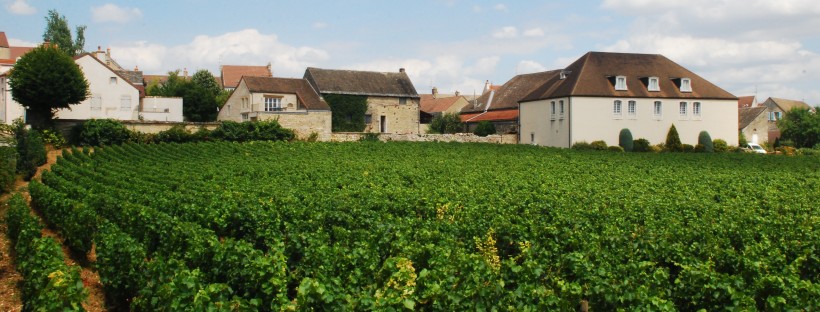Everything You Need to Know about Chatuchak Market in Bangkok
 If you find yourself in Bangkok on a weekend, Chatuchak Market (or Jatujak or JJ) is a must! It’s Thai shopping at its finest, which means it can be crazy, overwhelming, and exhilarating. Crazy because it’s only open Saturdays and Sundays, and it’s popular with both locals and tourists so it’s always packed. Overwhelming because it’s one of the largest markets in the world and the largest in Asia, and you truly can buy anything here. And it’s exhilarating because you can find some absolutely stellar finds for a bargain! Some of my favorite “sections” of the market include antiques, home decor, and handicrafts, but there are also books, clothes and pets.
If you find yourself in Bangkok on a weekend, Chatuchak Market (or Jatujak or JJ) is a must! It’s Thai shopping at its finest, which means it can be crazy, overwhelming, and exhilarating. Crazy because it’s only open Saturdays and Sundays, and it’s popular with both locals and tourists so it’s always packed. Overwhelming because it’s one of the largest markets in the world and the largest in Asia, and you truly can buy anything here. And it’s exhilarating because you can find some absolutely stellar finds for a bargain! Some of my favorite “sections” of the market include antiques, home decor, and handicrafts, but there are also books, clothes and pets.
Here are a few tips to help you have an amazing experience!
Hours
Depending on the season and your schedule, go early to beat the crowds and the heat. The market opens at 9am and closes at 6pm, but sometimes vendors pack up early, so keep that in mind as well.
Getting Around
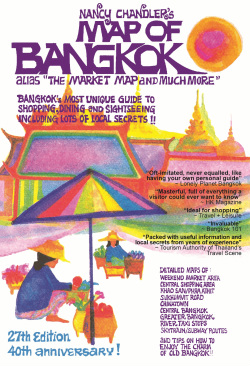
If you want to be more strategic with your shopping, plan ahead of time using Nancy Chandler’s map of Bangkok, which includes a color coded map and guide of the market. The map can be purchased on the Nancy Chandler website, but it’s also available in bookstores and news agents in Thailand. It’s also extremely valuable when exploring other parts of Bangkok. As a bonus, the beautifully illustrated map can be framed and used as home décor. Even with a map, make sure you let yourself get wonderfully lost since you never know what treasure you might stumble upon. (Note: This is not a sponsored post. We’ve owned a few copies of the map between the two of us, and we think it’s so very helpful.)
Take Breaks
There’s a ton of delicious food and sweet treats to devour, so grab something and find a place to rest your weary feet. Also, make sure you stay hydrated especially if it’s a hot day.
Just Get It
If you see something you want, buy it! Don’t make the mistake of assuming you’ll see the item and regret not getting it. The last time I shopped at JJ, I wanted to get sticky rice baskets and saw some but passed them by. And of course I didn’t see them again and kicked myself for not buying them in the first place.
Speak Thai & Use Cash
Learn some basic Thai shopping phrases to use to bargain but also to be polite. Many people do speak English, but you can get a better price sometimes by speaking Thai. Also, though credit cards are accepted by some vendors, cash is preferred and will usually guarantee a better deal.
Here’s a little inspiration for you as you contemplate whether make Chatuchak part of your Bangkok experience:
- Elephant bell on hill tribe textile
- Burmese puppet
- Thai teapot set on indigo textile
5 Reasons to Fall in Love with Beaune in Burgundy, France
We fell madly in love with Beaune and the entire regino of Burgundy on our most recent trip to France, and we know you will, too! There are so many amazing things about the town and the area, but below are our Top 5 reasons to fall in love with Beaune!
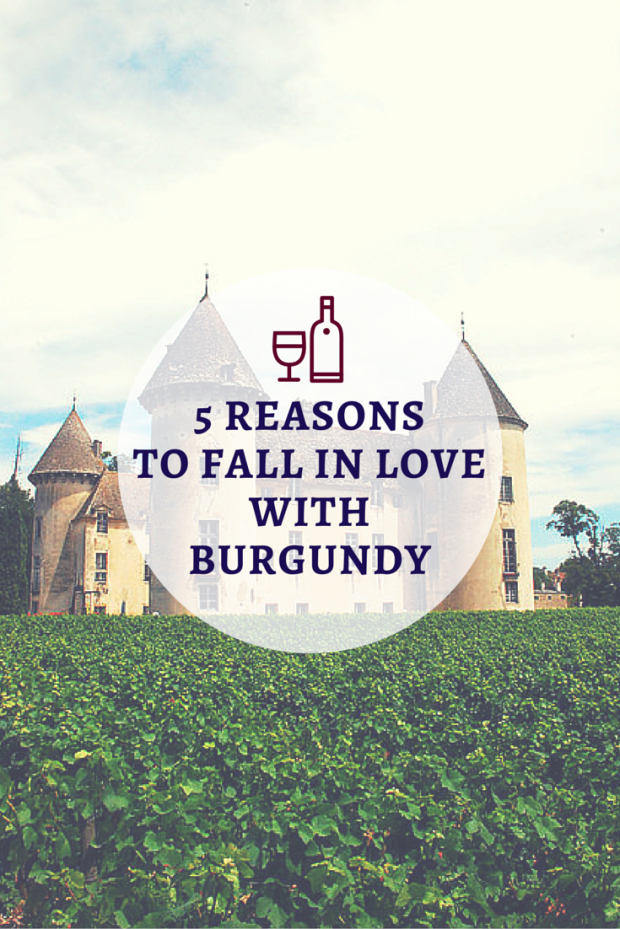
Small Town Charm
Thank God we found out about Beaune! It’s a quick train ride from Paris, perfect for a few nights away, but it couldn’t be more of a world away from a bustling, international city. Beaune is a wonderfully tiny town of under 25,000 people, and while it’s the wine capital of Burgundy, it seemed to us that the larger crowds of tourists were coming in on buses for just a quick visit. In the evenings, the town goes quiet, and you feel as though you have the cobblestone streets all to yourself.
Beaune is also an incredibly walkable city. The city itself has sprawled beyond its medieval walls, but the historic center is where you’ll be spending all your time exploring, shopping, eating, and drinking. The area within the walls is about a half mile in diameter, meaning that when you have a list of places to visit or wine caves to try, it’s a really quick walk along very pretty streets.
Historic Sites and Architecture
The main historic site in Beaune is the Hospices de Beaune, or Hôtel-Dieu de Beaune, a charitable hospital that served patients from the 1450s to the 1970s. The hospital was established shortly after the Hundred Years’ War by the Chancellor of the Duke of Burgundy with permission from Pope Eugene IV.
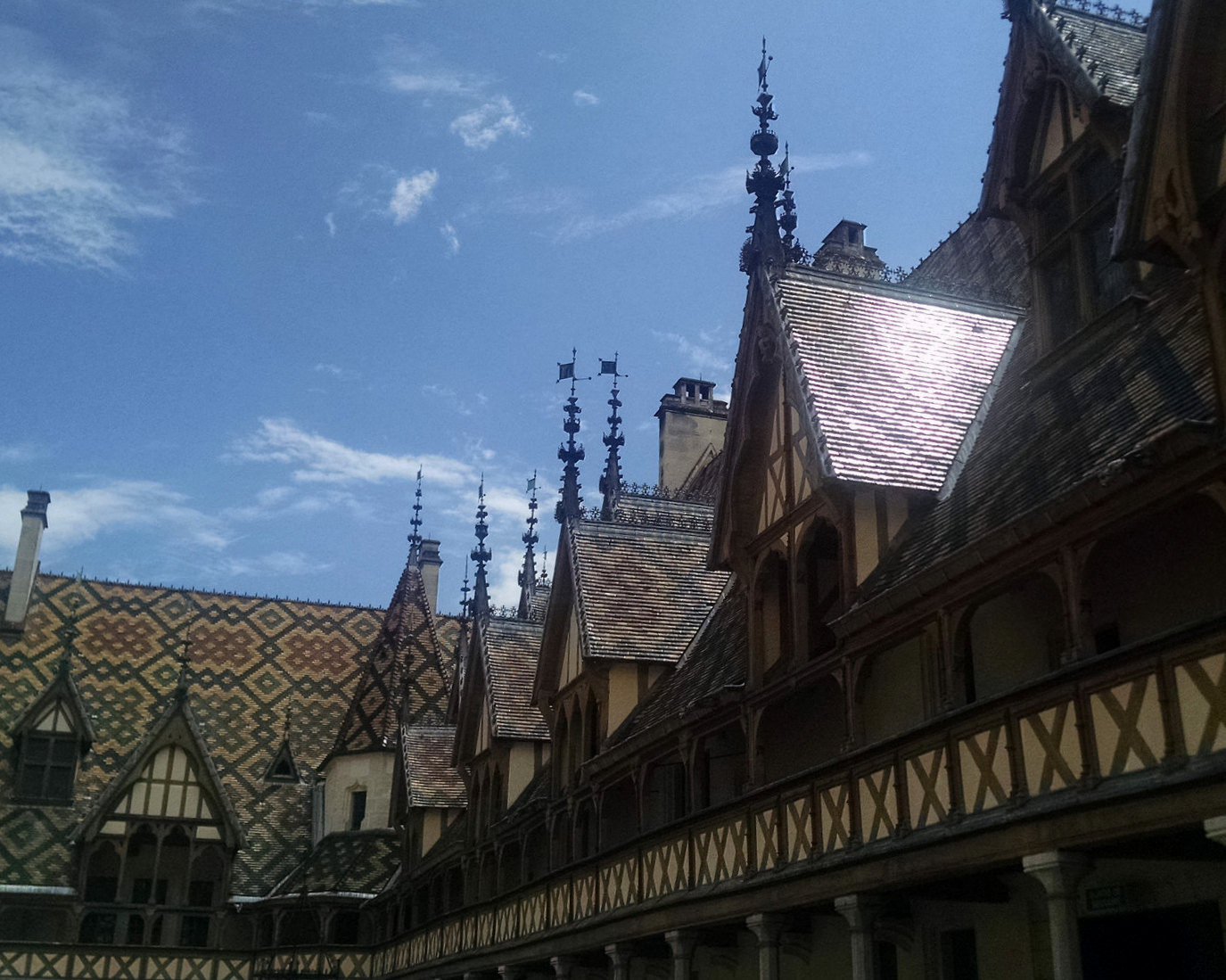 Today, the Hospices de Beaune draws visitors that marvel at its beautiful and brightly colored tile roofs, an icon of Burgundian design, and the interior that has been preserved. We loved the way the sunlight reflected off the roof. The pharmacy with shelves full of ceramic jars was our favorite room, but we really enjoyed viewing the large halls of hospital beds that were still set up as they would have been hundreds of years ago.
Today, the Hospices de Beaune draws visitors that marvel at its beautiful and brightly colored tile roofs, an icon of Burgundian design, and the interior that has been preserved. We loved the way the sunlight reflected off the roof. The pharmacy with shelves full of ceramic jars was our favorite room, but we really enjoyed viewing the large halls of hospital beds that were still set up as they would have been hundreds of years ago.
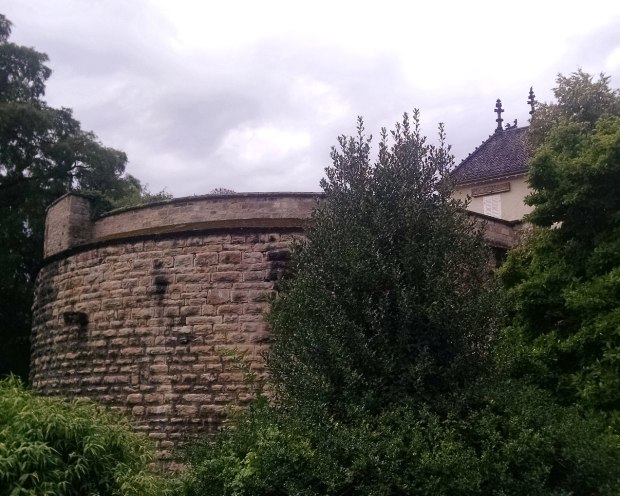
About half of the original battlements, ramparts, and moat are in good condition and worth a stroll.
As I mentioned above, Beaune’s historic center is within medieval walls and ramparts, so while the Hospices is a must-see site, as you walk down the cobblestone streets, you’ll be passing beautiful and historic architecture the entire time. We also enjoyed a nice walk and a few bike rides along the perimeter of the city walls.
Wine!
Beaune is the wine capital of Burgundy in the Côte d’Or region and Côte de Beaune subregion in eastern France. There is so much to be said about Burgundian wine, and even though I feel like I learned so much on this trip, I’m definitely not an expert so I will try to keep this short and simple. The villages to the south of Beaune, such as the famous Mersault, Pommard, and Chassagne-Montrachet, specialize in white wines but do have some wonderful red wines as well. Villages to the north of Beaune like Nuits-Saint-Georges and Savigny-les-Beaune specialize in reds. The mix of Pinot Noir and Chardonnay reflects the varying soil composition as you move from north to south. What does this mean for your typical non-sommelier? It means that you’re in a wonderful location for both world-renowned reds and whites, so no matter your preference, there’s something in the Côte de Beaune that you’ll enjoy!
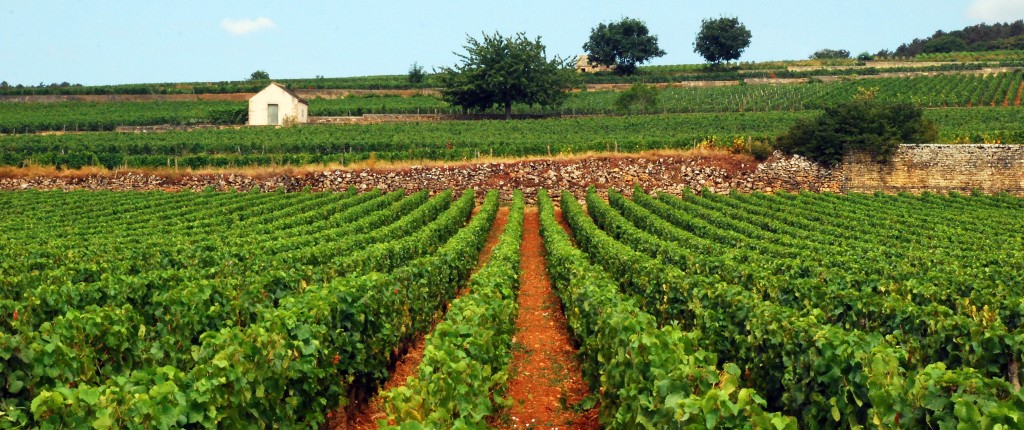
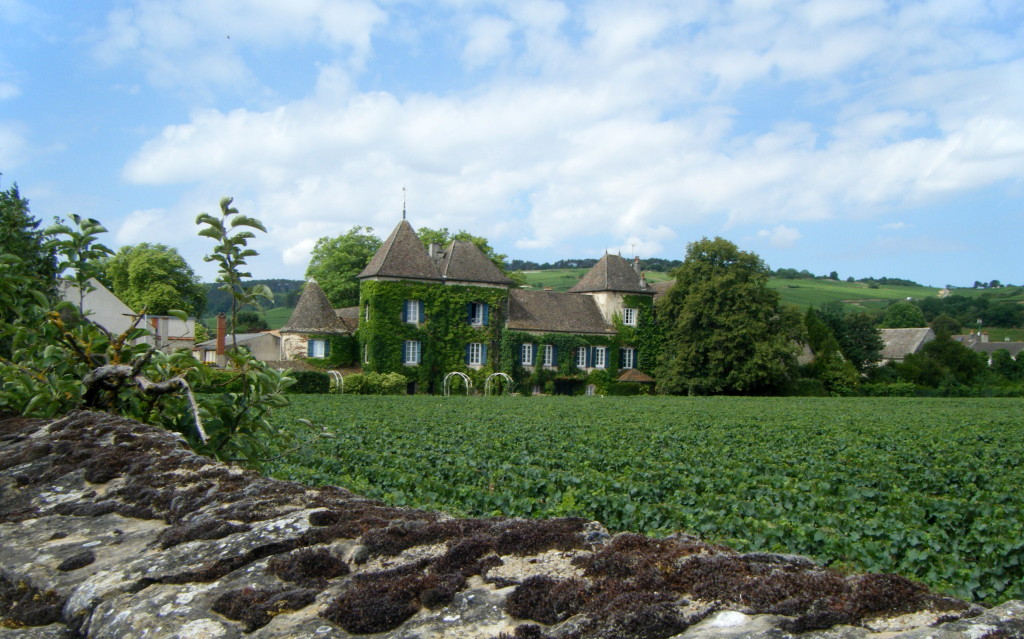
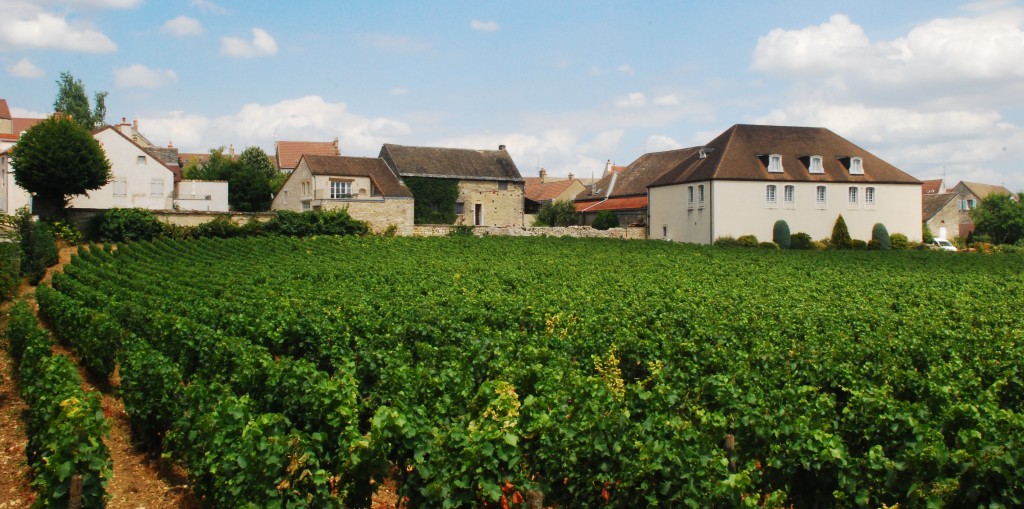
Wine Caves are the underground cellars for storing wine located all over the city of Beaune and the entire region. Visit these caves for educational tastings and the opportunity to purchase wines from vineyards throughout the surrounding area. In America, I’m used to visiting a specific vineyard with a tasting room on the property. It’s a little different in Burgundy. The vineyards are all on the outskirts of town and the tasting rooms operated by vineyard owners are located in the city centers.
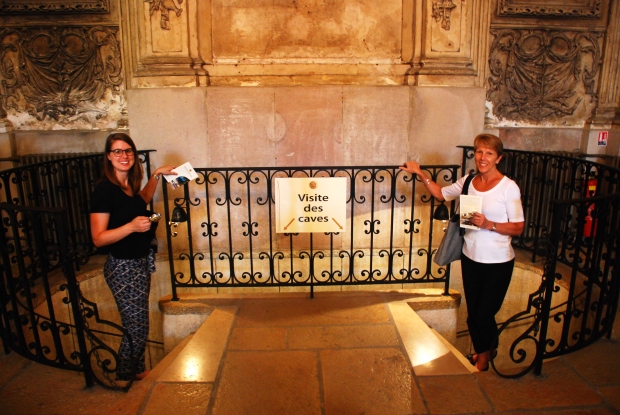
I must share with you our favorite wine cave that we visited! Patriarche is located within the historic center of Beaune, and our experience there was extraordinary! The company has over 3 miles of caves filled with over 3 million bottles of local wine. Many of the caves date back to the 14th century and were all connected over time. After weaving through caves filled with bottles and barrels, the wine tasting is at the end. Extremely knowledgeable guides will describe the intricacies of each of the 13 wines that you will try. Here’s the best part – they give you a small silver “tastevin” cup, and you get to pour your own tasting! That means that when it finally came time to decide which bottles we’d be purchasing, we were able to try a few of those favorites again. That amazing and delicious experience was only 16 Euros per person, and we got to keep our delightful silver tastevin as a souvenir!
I wrote last week about the wonderful bike trails that weave through the vineyards to each village throughout the Côte de Beaune. It was truly one of the greatest experiences of any vacation we’ve had so far!
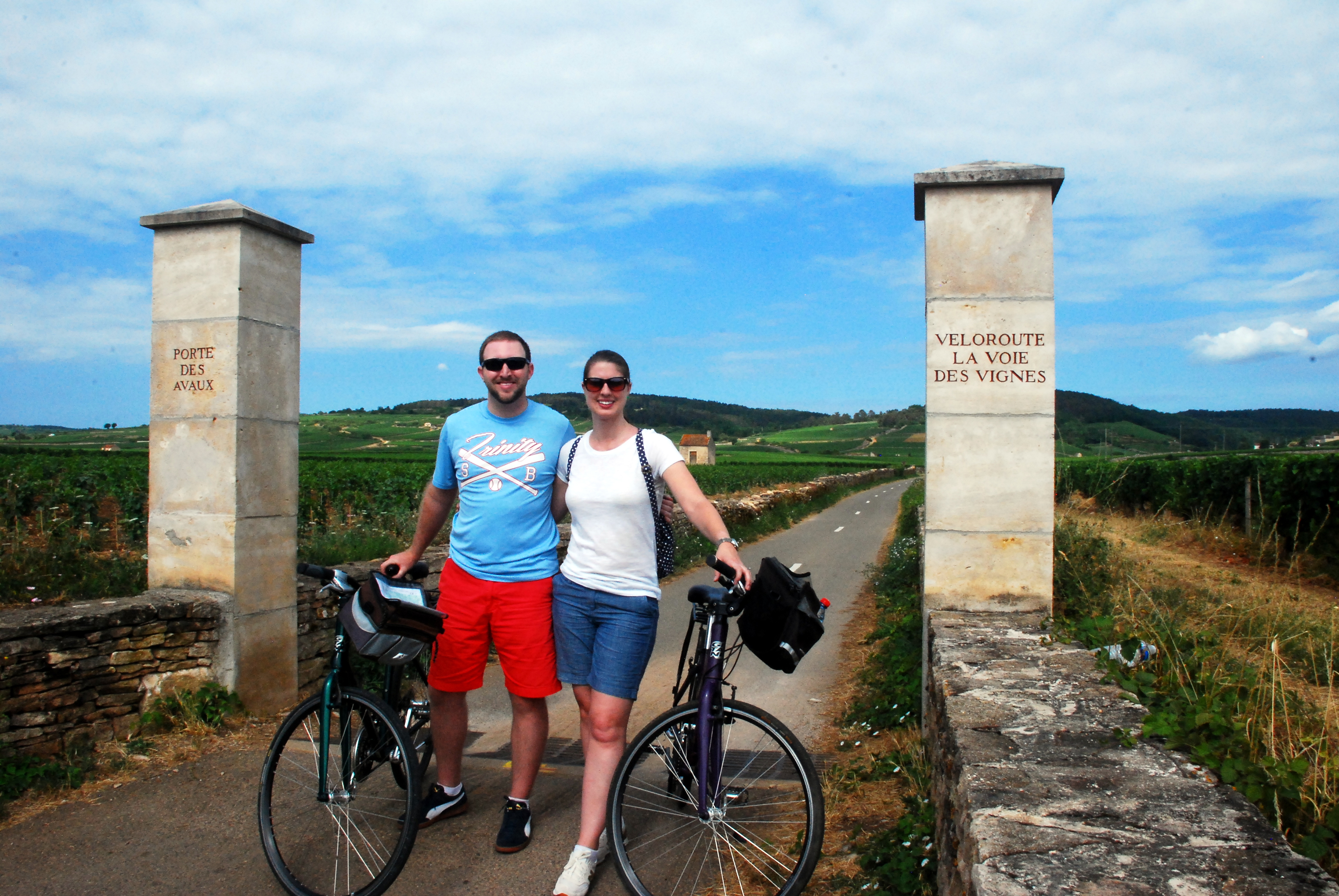
Food
There’s so much to say about Burgundian cuisine, but for us, the highlight was escargot. We had never had escargot before, but we were certain we’d like it since we like similar foods like oysters and mussles. It turned out that we absolutely love escargot. We could not get enough of those wonderfully garlic-buttery snails, and once we had finished off a platter, we’d dip our bread in the leftover sauce. What a treat! Now to find a restaurant in Atlanta that serves good escargot!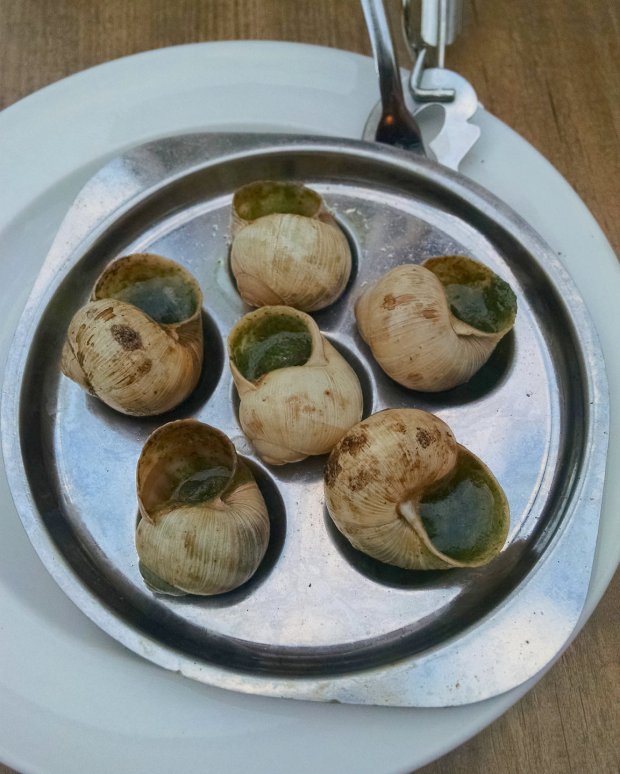 Beaune also has a wonderful market on Saturdays and Wednesdays. The Wednesday market is much smaller, but we greatly enjoyed shopping for bread, cheese, and charcuterie for lunch, and since Beaune is so close to Dijon, there was a large selection of local mustards that made great gifts for foodie friends back home. My husband made fast friends with these gorgeous truffle-sniffing dogs that work for the truffle stand at the market. They may have a job to do other days, but on market days, they were enjoying a lot of attention and belly rubs!
Beaune also has a wonderful market on Saturdays and Wednesdays. The Wednesday market is much smaller, but we greatly enjoyed shopping for bread, cheese, and charcuterie for lunch, and since Beaune is so close to Dijon, there was a large selection of local mustards that made great gifts for foodie friends back home. My husband made fast friends with these gorgeous truffle-sniffing dogs that work for the truffle stand at the market. They may have a job to do other days, but on market days, they were enjoying a lot of attention and belly rubs!
- Locally-made Mustards
- Charcuterie
- Fresh Produce
- Truffle Sniffing Pup
Night Lights
This is one fabulous aspect of Beaune that we would have missed had we gone to bed any earlier. In April, July, and August, once the sun goes down, historic sites all over the city light up! It was fascinating to watch the moving projections that beautifully illustrated the history of the town.
One of our favorites was the Notre Dame cathedral. In addition to covering the cathedral in images of its beautiful stained glass windows and frescos, the illumination starts with drops of water that begin to pour down from the top, hitting different columns and gargoyles and spilling out across the building, making use of the building’s architecture to create a fascinating, moving work of art.
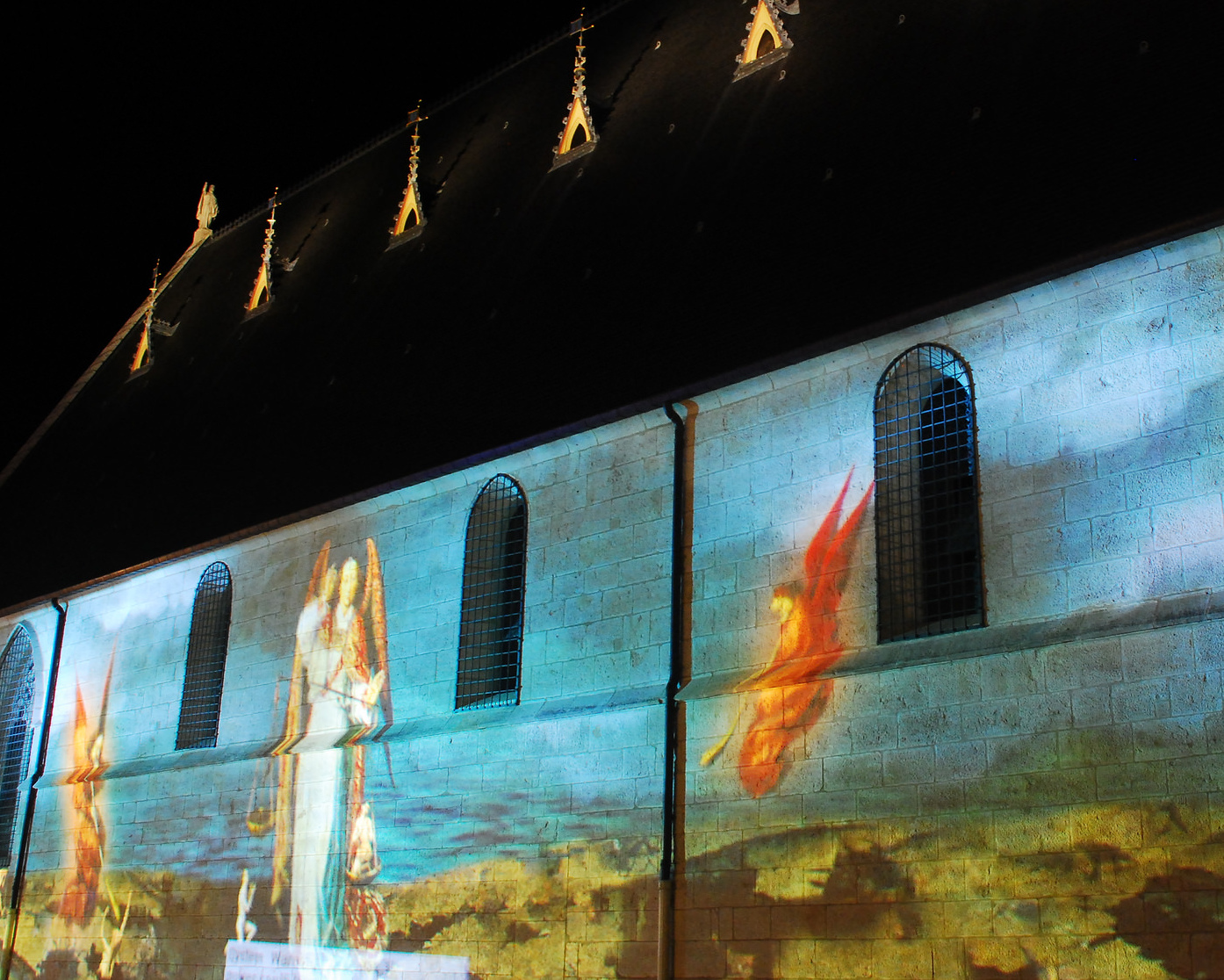
At the clock tower, an illustrated cat jumps out of one of the windows and chases a ball of light all across the building’s walls until it dives into another window – so charming! And the Hospices shows the history of the building and gorgeous illustrations of the famous altarpiece inside.
When we decided to include Beaune in our trip across France, we were focused primarily on visiting a wine region and touring the vineyards on bicycles. We had no idea that Beaune and Burgundy would become our favorite place in France!
Have you been to Burgundy? We’d love to hear your stories in the comments! If not, which of these wonderful reasons to visit Beaune appeals to you the most? Tell us below!
This post is part of a collection of our guides to France. Click here to read other great stories.
Quote of the Week
Shot of the Week
Bikes in Burgundy: A Two-Wheeled Tour of French Wine Country
Quick! What’s the coolest thing you’ve ever done on vacation? It’s hard to decide, I know! What about the fanciest thing you’ve ever done? If you had told me a few weeks ago that I’d be wearing shorts, tennis shoes, and sunscreen while simultaneously feeling at the height of luxury, I’d have laughed! But when we traveled through the amazing scenery of Burgundy, France on two wheels, it was clear that we were enjoying the vacation of our lives. Biking in wine country was absolutely the best!
We all know France is famous for its world-class wines and amazing meals, but if you’re looking for a truly memorable vacation, here’s why you should throw out all your previous plans and head to Burgundy.
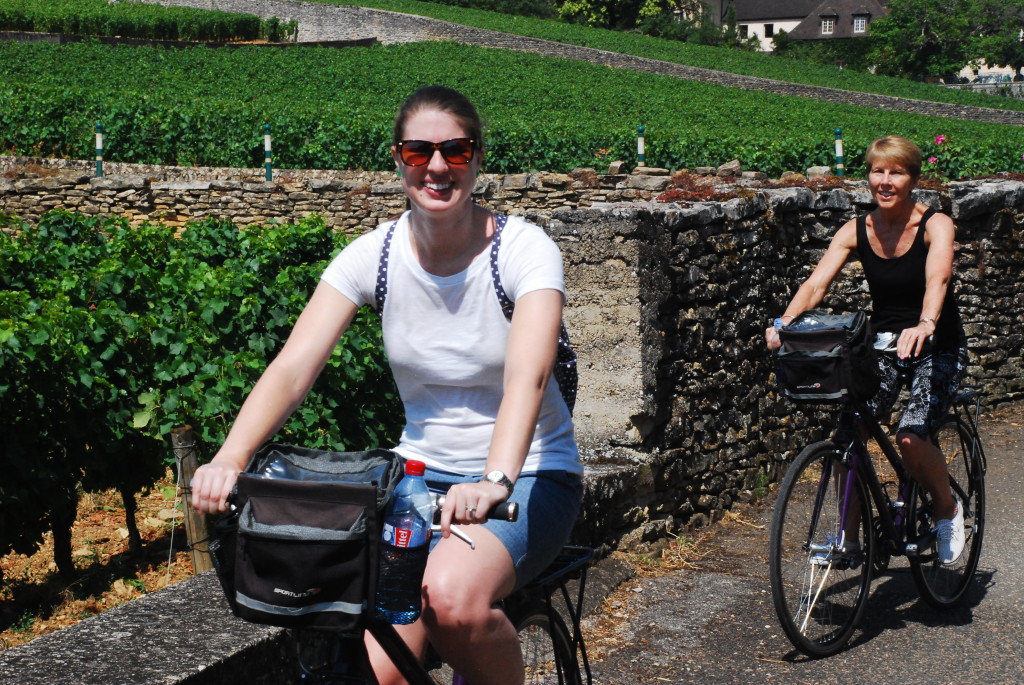
We spent a few nights in Beaune, just a short train ride south of Dijon, and it was the perfect decision! Beaune is a wonderfully small town that is surrounded by an old wall just like Avignon. It’s smaller than Avignon though, and somehow when the sun sets, the town falls quiet, and you suddenly have the cobblestone streets to yourself. We stayed at La Villa Fleurie, a charming B&B with a wonderful breakfast and friendly, helpful staff, and we can’t wait to go back!
Beaune is also home to Bourgogne Randonnées, the most helpful bicycle rental shop you could ask for. They set us up with bikes and baskets for a very affordable price for 2 days and provided us with a great map and directions to all of the places we wanted to see. Since they’re the experts, they gave us great advice about what towns to visit and which wine “caves” would be easiest to visit for non-French speakers. Thanks to them, our adventure was off to a great start and ran so smoothly!
We were a little nervous about our trip until they explained to us that the only cars allowed on the roads we’d be taking were for vineyard operations. Not only did we pass very few cars while riding through the vineyards, but the paths were also not very crowded with other cyclists. We found ourselves wondering how we’d stumbled across such an amazing secret!
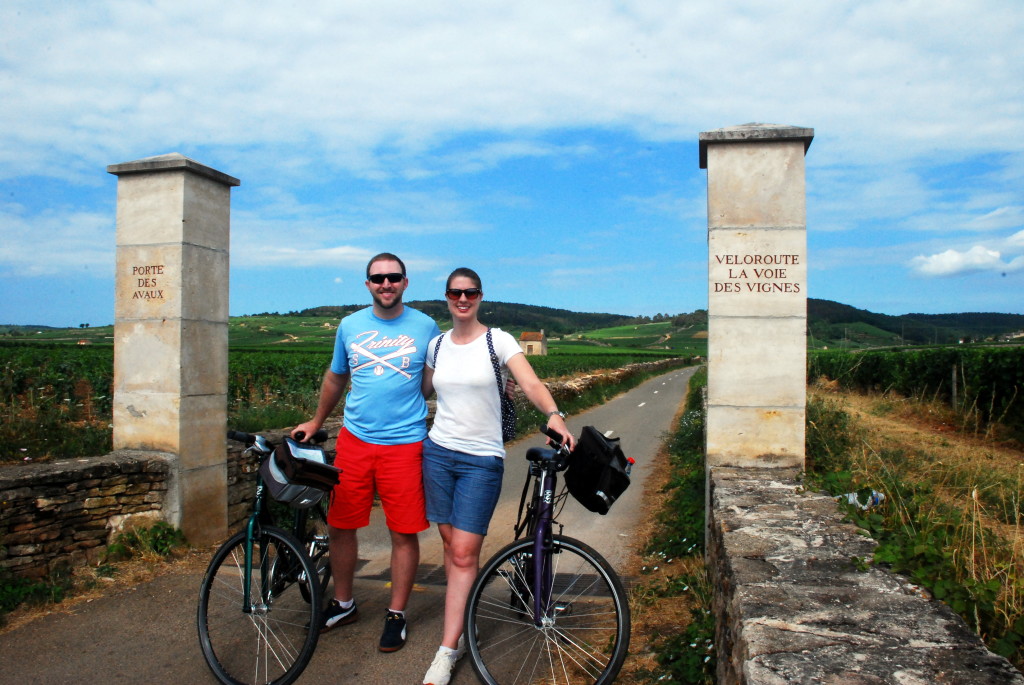
We started our ride right here, with the vineyard walls and gates that announce that we’re entering the Veloroute la Voie des Vignes, the Routes de Grands Crus. We stopped to take pictures at the signs and to take it all in. I can’t begin to describe our enthusiasm and disbelief!
A quick primer on Burgundy wines (by this non-expert):
If you think of Beaune as your home base and the hub of the Côte de Beaune, white wines are the specialty of the villages to the south due to the soil composition, and red wines are more common to the north. Here’s a great guide to the more in-depth details about wines from the region and their classifications. We learned all about this from the expert sommeliers at the vineyards and wine caves we visited.

Our view as we headed into Pommard – How perfect is that ivy covered home surrounded by grapevines?
Our path led us from Beaune through Pommard (pictured above) and Volnay to the gorgeous town of Mersault where we enjoyed a picnic from a boulangerie by the fountain on the square. Mersault has some wonderful boulangeries and cafes, and we found that it was the best place to stop for a meal along the way. From Mersault we continued our tour through the vineyards to the tiny towns of Puligny-Montrachet and Chassagne-Montrachet before we realized that we were worn out and should probably head home. We weren’t expecting our energy to drop off so quickly! If you’re in far better shape than us, try to make it to Satenay. All in all, we biked about 22 miles that day. All that exercise meant we had even more bread, cheese, and desserts later that night than we normally would, and that’s saying a lot! Oh, and extra wine, of course!
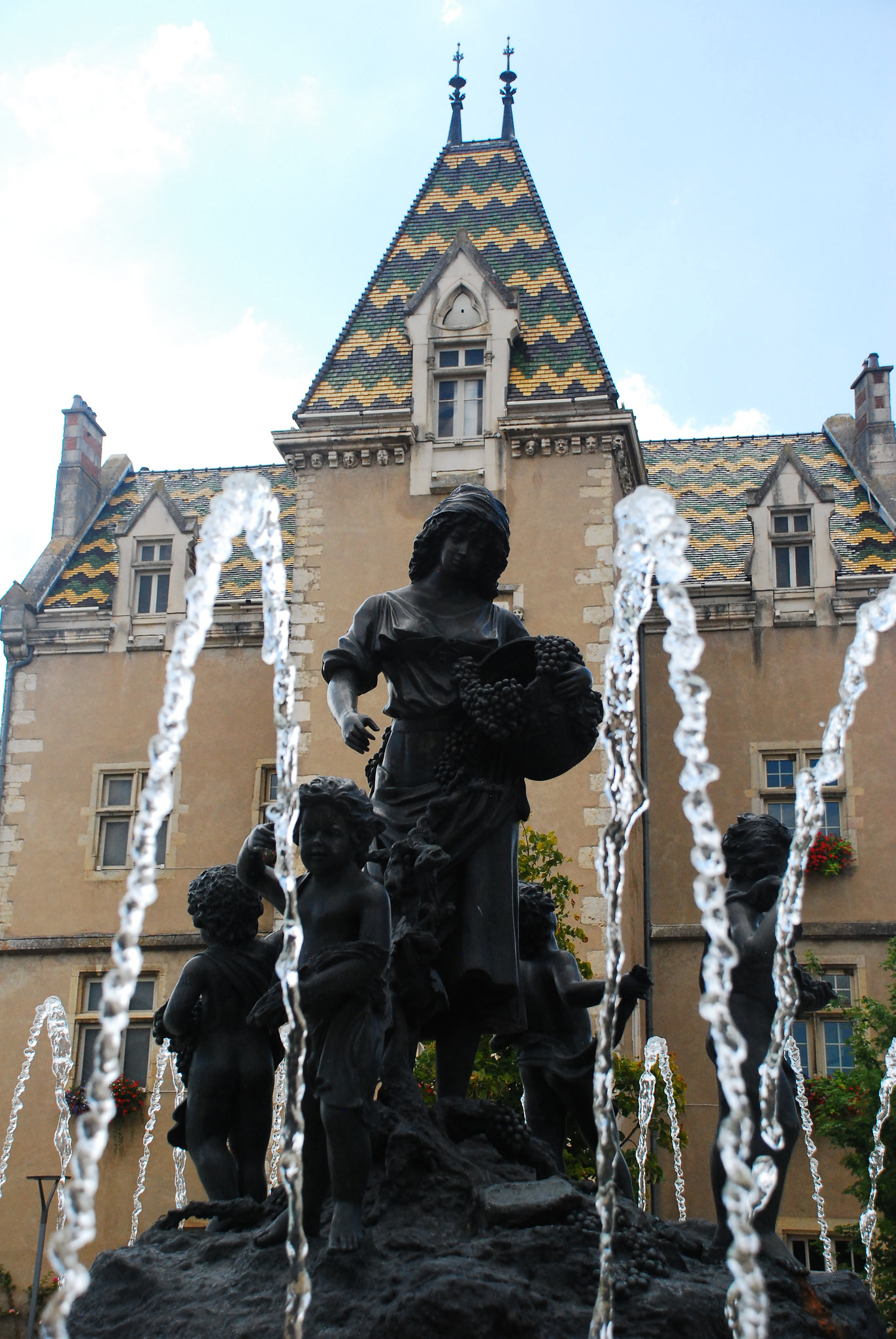
Views of brightly colored tile roofs are part of the Burgundian experience. The square in Mersault, with its beautiful buildings and cheerful fountain was a wonderful place to rest and picnic!
Burgundy was more than we could have ever imagined! The scenery was breathtaking, and knowing that we were biking through some of the best vineyards in the world made the trip so luxurious. Even with all that we read before we arrived in Beaune, we were still really surprised by the following:
- Lack of crowds – We expected everyone to be in such an important region for French wines. While we saw a lot of tourists in Beaune at the wine caves and the Hospices, it seemed that the majority of them were just passing through on a tour. There were definitely tourists in Beaune, but it never felt crowded.
- Tiny towns – Each little village that we rode through had its own unique personality. When we entered the smallest of the towns in the afternoon, they all had a very sleepy atmosphere. As I mentioned before, it felt as though we had stumbled upon a wonderful secret. When part of your vacation is set in a tourist magnet like Paris, these towns were a mini-vacation!
- Vines as far as you can see! We knew we’d be biking through vineyards. We just didn’t realize that every inch of land in Burgundy would be devoted to vines. It was a never-ending vineyard surrounding each village, and only the short stone fences marked the property lines.
- Everyone is making wine! When entering a small village like Volnay or Puligny-Montrachet, we’d leave the marked route for a bit to venture down the side streets. We were always surprised when someone would open up their garage doors or we’d get a peek through a gate into a backyard and someone was cleaning wine barrels or tasting the wine they’ve been laboring for so long to make. I dream of living in a small Burgundian town, surrounded by vines, where wine and all of its intricacies define daily life!

Vines for days! Wines for days!
This post is part of a collection of our guides to France. Click here to read other great stories about traveling through France.
If you’re interested in other stories from the French countryside, don’t miss the lavender fields in Provence!
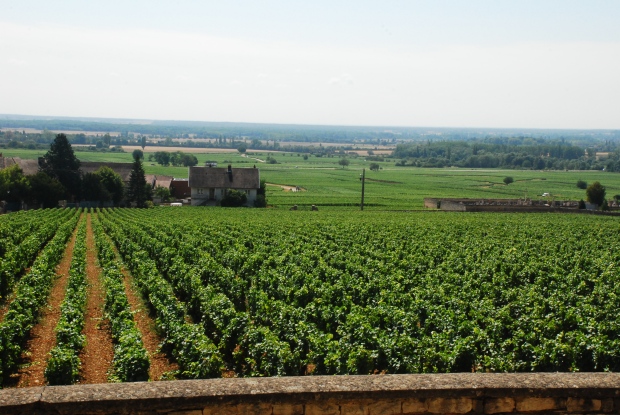
Meet Our Friend Afar: Krista
At A Friend Afar, we want to introduce you to some of our most inspiring fellow travelers. We met Krista at Georgia Tech, and it’s safe to say that she’s been living abroad for the majority of the time that we’ve known her. Krista was a Peace Corps Volunteer in Bulgaria and now teaches English in South Korea.

Our Friend Krista feeding the deer in Nara, Japan on her most recent trip.
Tell us about yourself.
My name is Krista. I’m a global citizen who happens to hold a US passport. My passport opens quite a few more doors than some of my fellow world travelers, which is a privilege I appreciate and try to take advantage of as much as possible. I’ve been traveling internationally since I was 15 years old. My career is teaching. Currently I live in South Korea.
Do you have any specific travel interests?
Early in my travels I loved to experience anything and everything new. I wanted to see as much of the world as I could, and I quickly ticked off all the continents, except Antarctica which I’m still a little bitter about. Seeing new places all the time was exciting, challenging, and adventurous, however my interests in travel changed after about 5 years. I realized that for all my bucket lists completed and checked boxes there was a lot I was still missing. Living abroad and getting to know a place, culture, people, and not just experience a small piece of it, started to appeal to me far more, so I decided to live abroad.
I do still travel from my base country quite a bit, but my goals have changed in traveling. I like to travel to countries where I have friends that live there and know the culture well, that way I can have a better idea of the country, culture, and people. Now I base myself in a new country every few years and take small trips to surrounding countries where I have local connections. Most of the things I enjoy doing on my trips aren’t in any travel brochure or magazine, and most often I’m the only tourist. I guess you could say my interests in travel are cultural discovery, exploration, and always adventure.
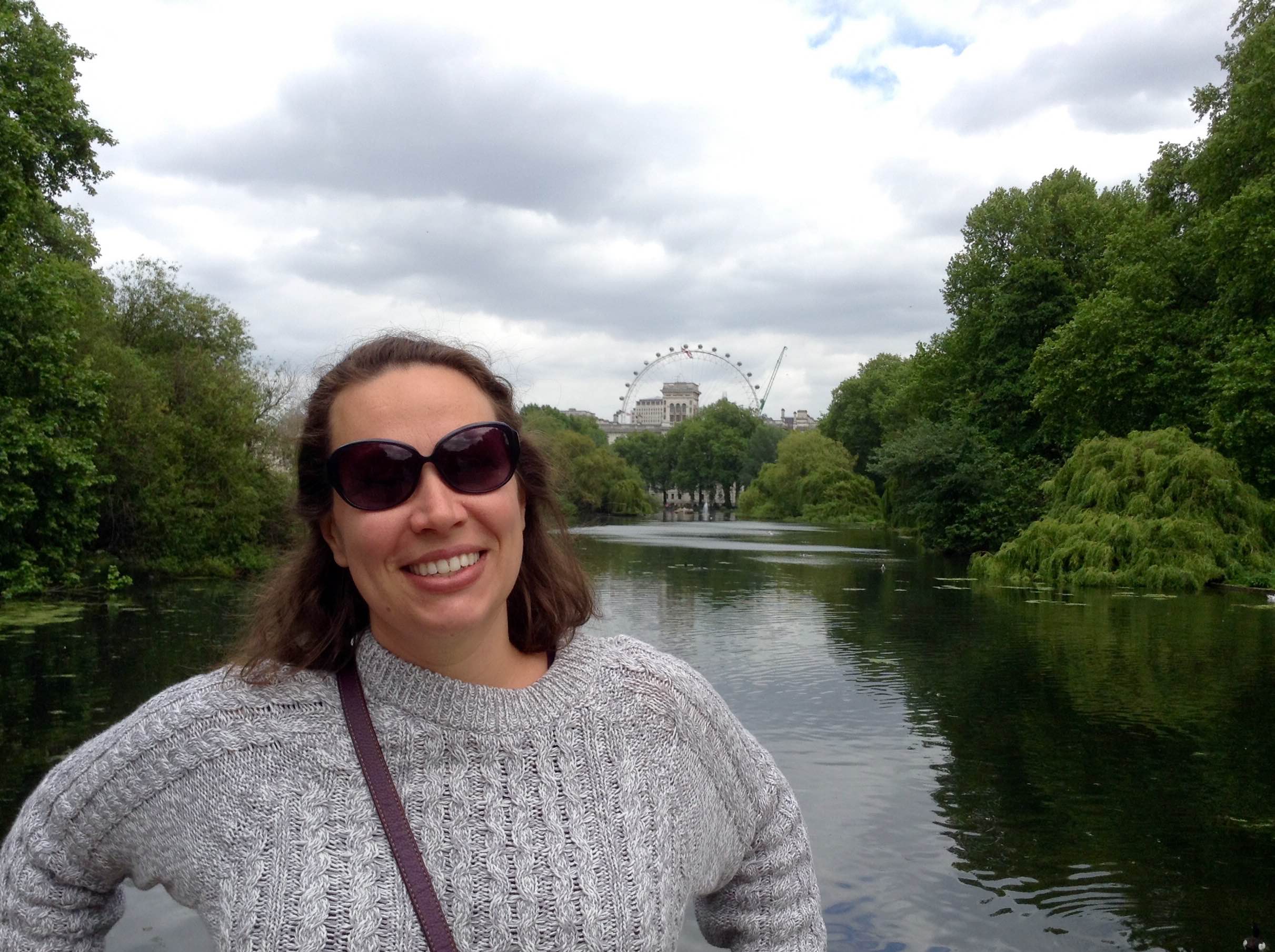
Krista in London
Do you speak a foreign language? How has that influenced your travel?
I speak Bulgarian quite well and Spanish passably. Disclaimer: I lived in Bulgaria for 4 years. Speaking Bulgarian has definitely influenced my travel habits, but Spanish, not so much. Bulgarian isn’t the easiest language to learn, it’s also not very common, it shares an alphabet with several other similar languages, and the country where they speak it isn’t English proficient outside the major tourist areas. Being able to speak Bulgarian gave me a really good base for roughly understanding many Slavic languages. That, combined with being able to read Cyrillic, makes it much easier for me to travel with confidence in Eastern Europe, a region that’s not very easy to get around if you only speak English. I think that if I didn’t speak Bulgarian I probably wouldn’t have done most of the adventurous things I’ve been able to do in the Balkans and Eastern Europe. I guess I could tell you what some of those are….
I used to rent a car and drive to Greece every spring. I never had a specific location in mind, just somewhere near Thessaloniki or The Fingers. I’d pack a tent and sleeping bag and find a beach or mountain I liked, pull over, and camp for the week. Once I was accidentally on private land and the owner came out to kick me off. After going through English, rudimentary Greek, and then Bulgarian we were able to communicate and he let me stay for the night with the promise I’d move in the morning. I probably should have been really nervous in that situation, but knowing the culture and that eventually I’d be able to communicate it ended up being a really great interaction and we talked for quite a while about his family and land.
Do you plan everything out or go with the flow?
A bit of both actually. I’m a ridiculous researcher. I spend at least double the amount of time I’ll be traveling researching and figuring out all my options for the trip, then usually I make very few plans and decide what to do day by day. Having researched so much and gained a knowledge base of what there is to do, prices, timeframes, possible snags, and effort expended to do each different thing before I leave, I feel super comfortable going with the flow and not worrying I’ll miss out on something once I get to the actual place. Doing it this way seems to be a bit more stressful on the front-end before I leave, but super relaxing when I’m actually on the trip, which is more important to me.
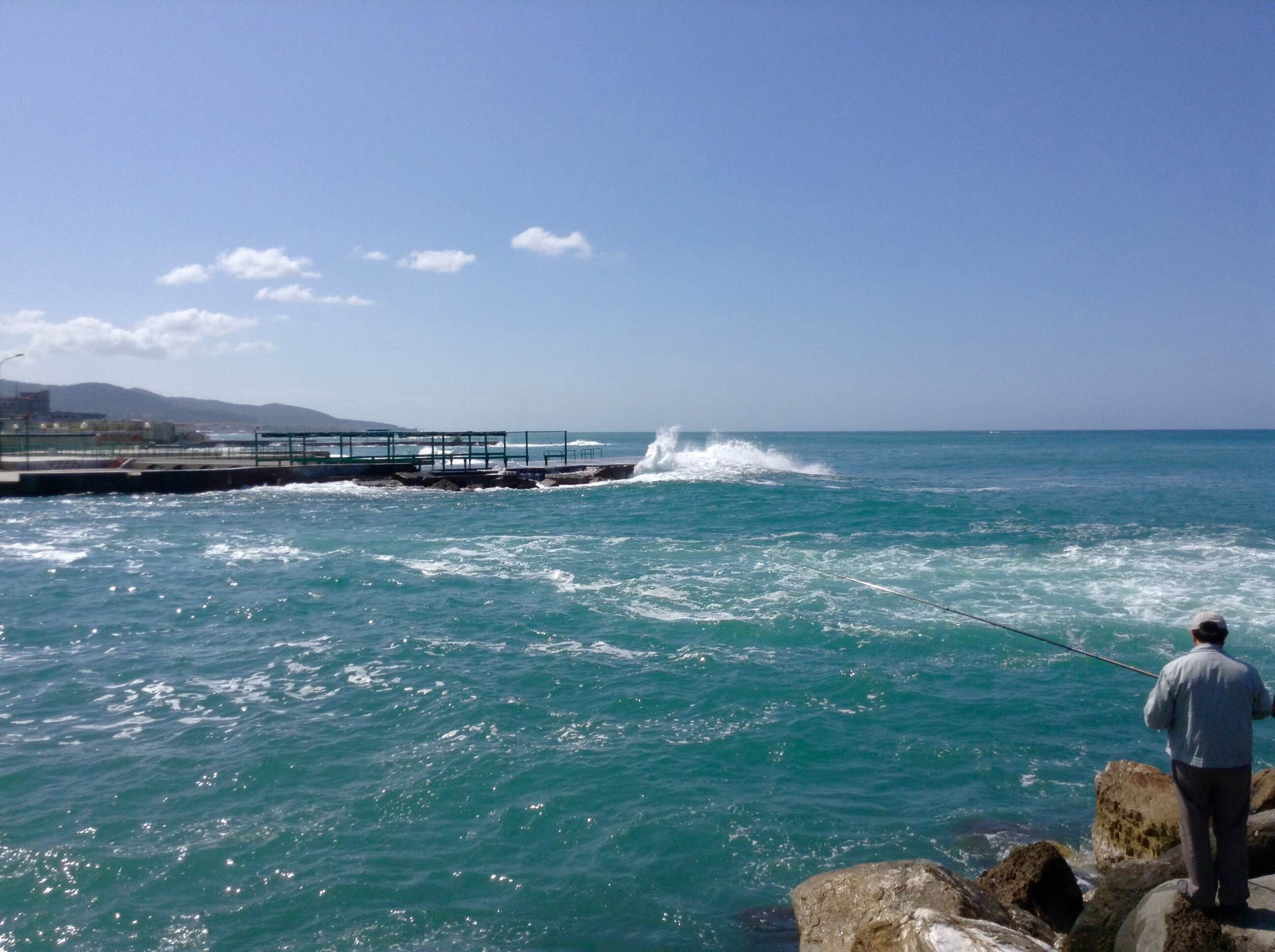
Livorno, Italy – Photo by Krista
What’s the craziest thing you’ve eaten on a trip?
I used to think it was pig brains or bat testicles in Vanuatu, and it still might be. But those were much easier to eat than live octopus and squid in Korea. When your food is moving it makes it a bit more challenging physically and mentally. The octopus suctioned onto one of my molars, and I was a bit worried I’d lose it, but it was just for a few minutes and then I chewed it to death. So the scariest thing was the octopus, but the oddest was the bat.

Always Afar!
Do you collect a specific type of souvenir?
Yes! I try to get a piece of small jewellery (earrings, necklace, ring) from each place I go or trip I go on. Each country has such unique techniques and styles that I’ve ended up with a very eclectic collection. I don’t wear much jewellery, but whenever I do it always reminds me of a unique time and place far away. It’s like taking a piece of the place home with you.
What advice would you give someone traveling abroad for the first time?
– Keep in mind you’re in a foreign country where no one is required to speak English. Don’t expect people to speak English.
– Go with the experience. Don’t try to put your own cultural values on someone else’s culture.
– Enjoy the experiences for everything they are! Imagine it as a window into a different world. Even if you don’t like some of the things you see, it’s not your world and you’re just looking; you get to go back to your world soon. If you do like what you see, then explore even more.
And most of all, be aware that you may see everything differently when you go home. it may change you, and that’s ok.
Quote of the Week

“If you are lucky enough to have lived in Paris as a young man, then wherever you go for the rest of your life, it stays with you, for Paris is a moveable feast.”
Ernest Hemingway – A Moveable Feast
[Photo Taken at Shakespeare & Company]
Shot of the Week

When the sun shines through the stained glass windows at Sainte-Chappelle on the Île de la Cité in Paris, the entire sanctuary glows with sparkling light and color. This 13th century cathedral was commissioned by King Louis IX to house his collection of Passion Relics, including Christ’s crown of thorns – one of the most important relics in medieval Christendom.
Oh-La-La Lavender Fields in Provence

I hope you’re ready for some breathtaking pictures of the French countryside! If these don’t inspire you to put France on the short list for your next vacation, we don’t know what will!
When I was planning our trip to France, I read that July was the perfect time to see the blooming lavender in Provence. Instantly, Provence was added to our itinerary with Avignon as our home base for a few days. We chose Avignon for a few reasons:
1. It’s incredibly accessible from Paris via a short 3 hour TGV train ride.
2. Avignon is a wonderfully historic town within a 13th century wall. Its Palais des Papes, or Palace of the Popes, is a UNESCO World Heritage Site.
3. With the TGV station in town, Avignon has multiple rental car companies to choose from for day trips around Provence.
Avignon and its July theatre festival did not disappoint. In fact, one of my favorite meals ever came from the town’s delicious Chez Lulu restaurant. Today, however, let’s talk about what you’ll see just outside those historic city walls.
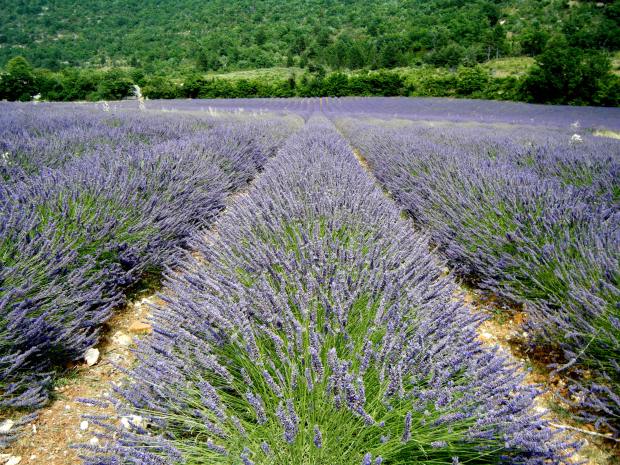
Provence is so wonderfully agricultural. As soon as you head out of town, you’ll pass vineyards, olive groves, and fruit orchards. Lavender starts to appear just a short drive from the city, and the higher in elevation you go, the more fields begin to appear.
We headed straight to the Musee de Lavande on the road to Gordes. It was a great first stop, and the incredibly helpful and multi-lingual staff served as a wonderful information center for our day. They helped us map out our trip, explained the process of distilling lavender, and its medicinal qualities. Don’t forget to drop into their beautiful gift shop for a bit before you head out on the road!
Next stop, the hilltop village of Gordes with its wonderful views of the valley below. We’ll be sharing a whole post on hilltop villages of Provence with you soon, but for lavender fields, you’ll head past Gordes to its beautiful Abbey de Sénanque. This 12th century monastery is picture perfect, and its lavender fields are over-flowing with wonderful smells, bees, and butterflies. The monks distill lavender, and you can buy their products in the Abbey’s bookstore. You can take a guided tour of the Abbey (proper and modest dress are required since this is a place of worship), or you can just enjoy the wonderful scenery.
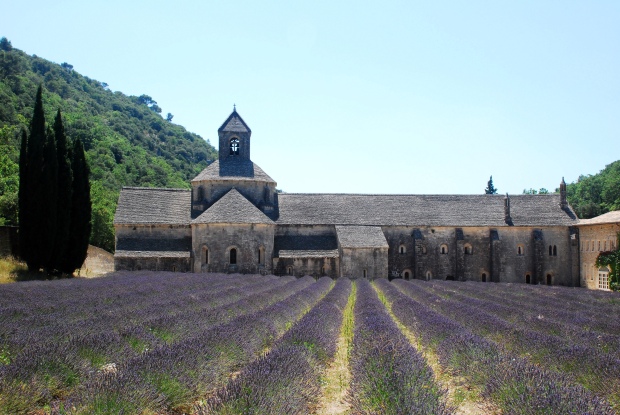
From the Abbey, our helpful guides at the Musee de Lavande instructed us to head over to the ochre hilltop town of Rousillon before heading north for more lavender fields. We headed toward the town of Sault, stopping at every lavender field along the way.
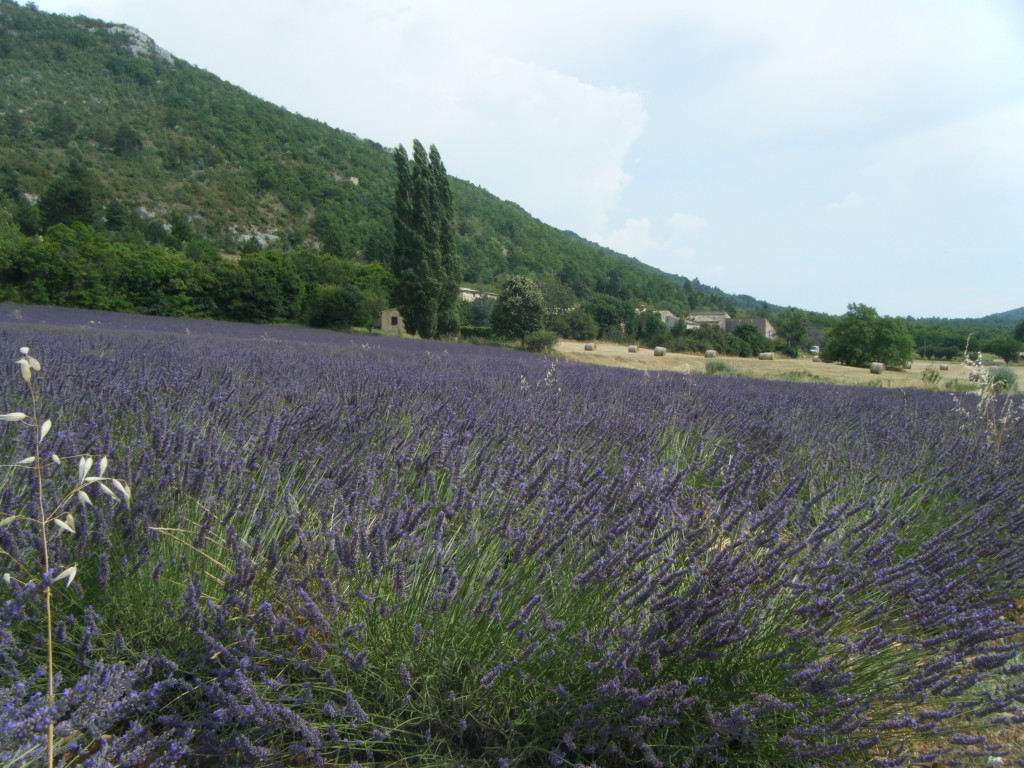
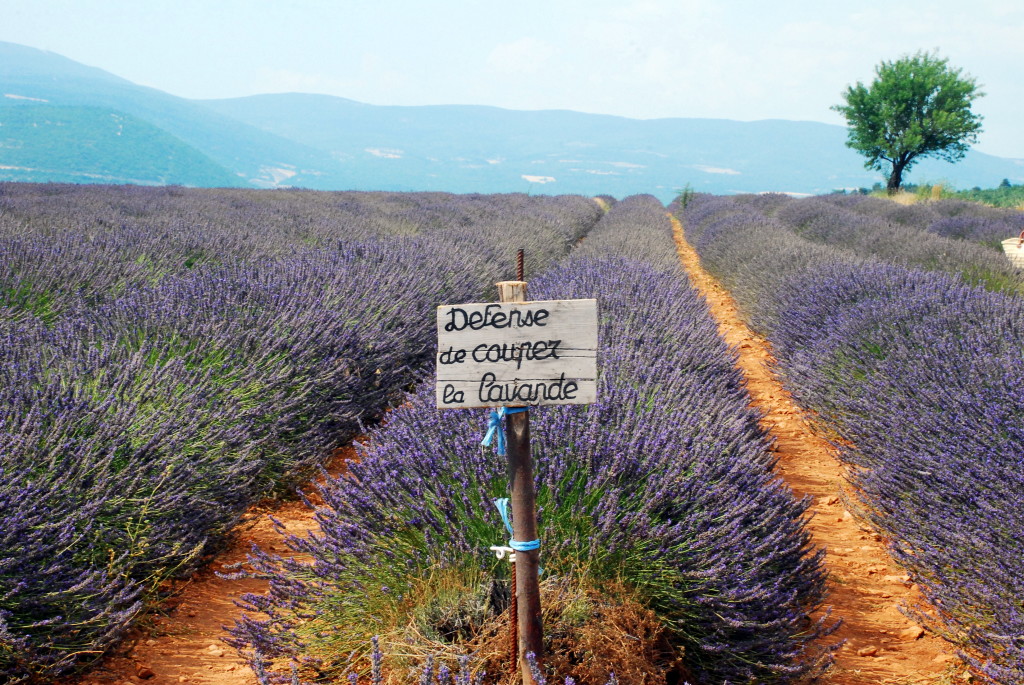
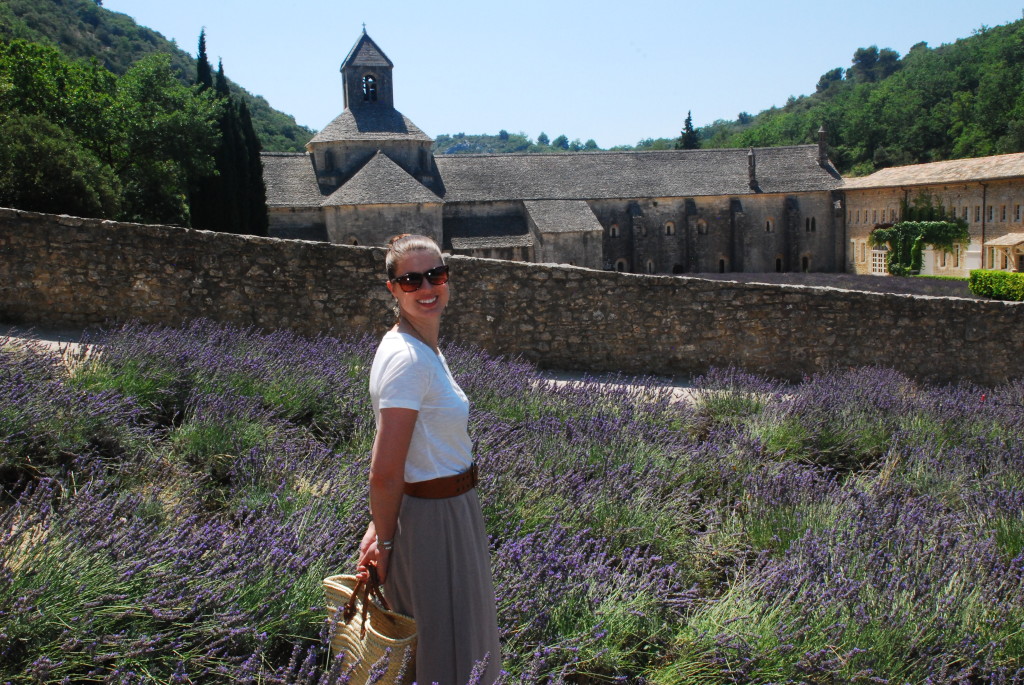
As we headed toward Sault and then onto Mont Ventoux, we started noticing that more and more lavender fields were in the process of being harvested. If you’re headed to the South of France in search of lavender, be sure to time your trip for mid-late July so that you don’t miss those beautiful purple fields!
This post is part of a collection of our guides to France. Click here to read other great posts on traveling through France.

